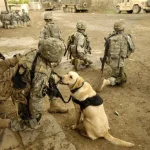Hero of the Ice: The Untold Story of Togo and Leonhard Seppala’s Daring Serum Run
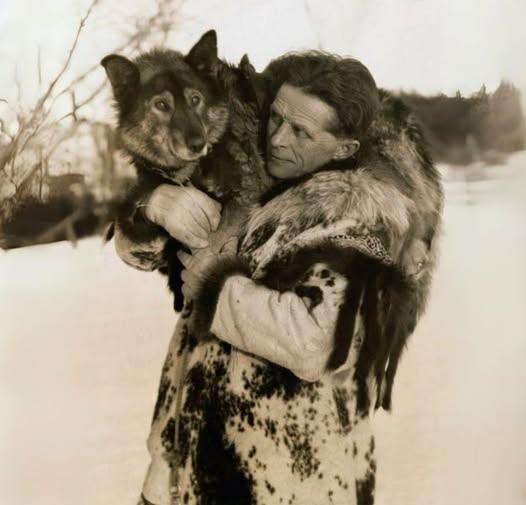
Hero of the Ice: The Untold Story of Togo and Leonhard Seppala’s Daring Serum Run
In the heart of the Alaskan wilderness, during one of the coldest winters on record, a deadly diphtheria outbreak struck the remote town of Nome in January 1925. With no access to modern transportation, the survival of the town’s children hinged on one desperate hope: a relay of dog sled teams carrying life-saving antitoxin serum across nearly 700 miles of frozen terrain.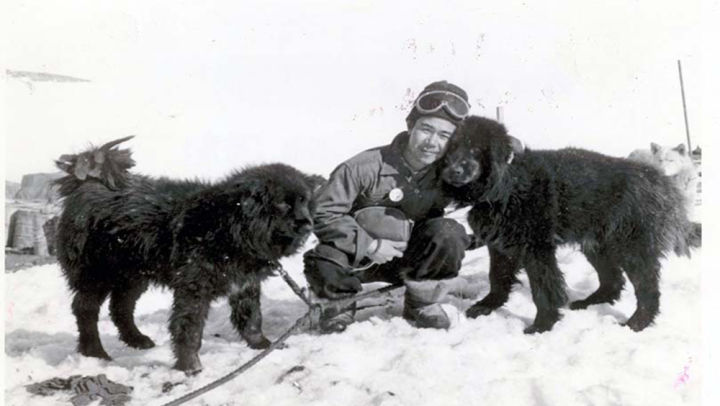
Among the brave mushers who answered the call was Norwegian-born Leonhard Seppala, a veteran dog sled racer with unmatched experience in Arctic travel. But it was his lead dog, Togo, who would ultimately define the mission’s legacy.
While the name Balto is often associated with the 1925 Serum Run for completing the final 55-mile stretch into Nome, it was Togo who led Seppala through the longest and most dangerous portion of the journey—an astonishing 260 miles of frozen wilderness.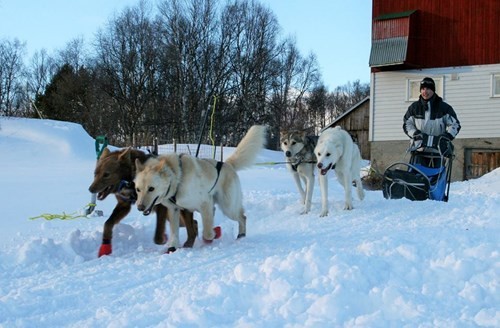
Together, Seppala and Togo battled howling winds, blizzards, and temperatures as low as –50°F. They crossed the deadly Norton Sound, navigating cracking sea ice that could have swallowed them whole at any moment. Togo’s unmatched endurance, intelligence, and leadership under pressure made survival possible.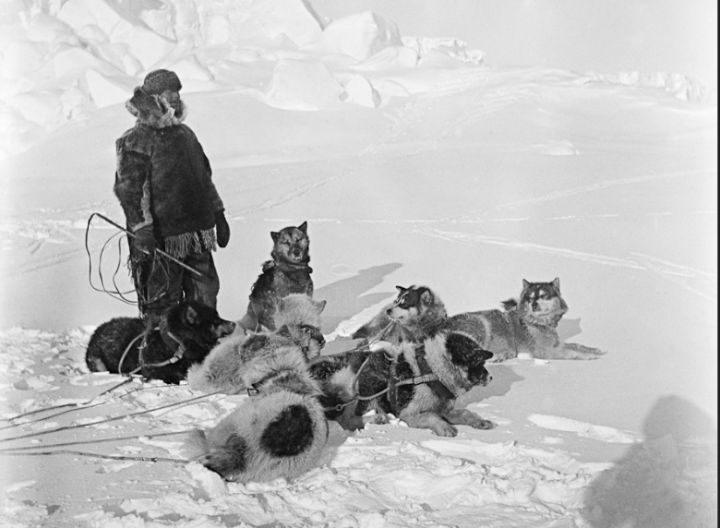
This photograph, taken during those chilling days, shows Seppala alongside his loyal companion, Togo—a quiet testament to an unbreakable bond formed in the face of peril.
Historians now recognize Togo as the true hero of the Serum Run, a dog whose courage saved countless lives. Though his story was overshadowed for decades, Togo’s legacy endures in books, films, and monuments that honor his heroism.
Leonhard Seppala would later describe Togo as “the dog that saved Nome,” and few could argue otherwise.
Their journey remains one of the most remarkable feats of endurance and loyalty in history—a symbol of what determination and trust can achieve in the harshest of conditions.



